





If you're fond of growing tuberous begonias, enjoying them in the gardens of others, or just viewing their photos, you can thank Begonia boliviensis and two Nineteenth Century plant explorers.
B
egonia boliviensis was first discovered and identified in 1857 by Hugh Weddell, a British plant explorer. Even though he failed to bring home a specimen or seed, his discovery excited the European botanical world. In 1864, Richard Pearce, another British botanist, succeeded in finding B. boliviensis in a cloud forest in the Bolivian Andes. He was on a botanizing expedition for a well-known London nursery, James Veitch and Sons.
Modern Descendants
of Begonia boliviensis
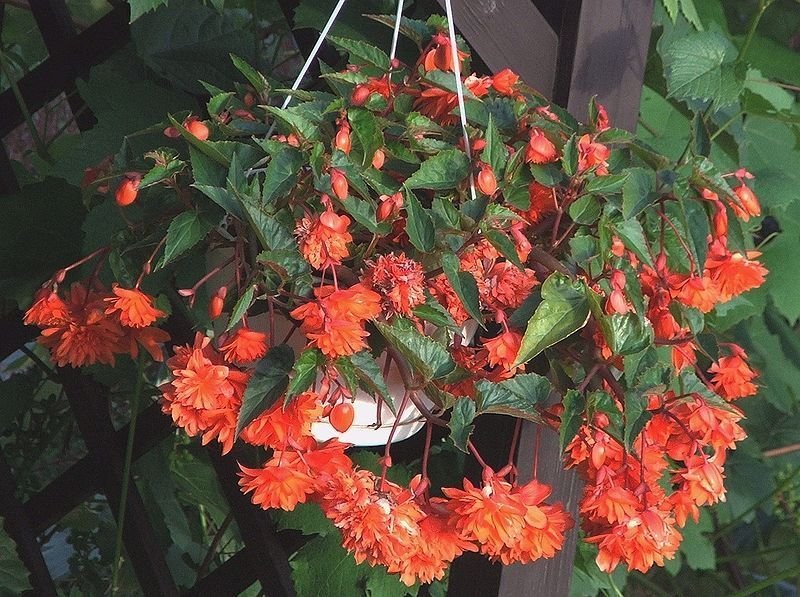
Begonia Zwisająca
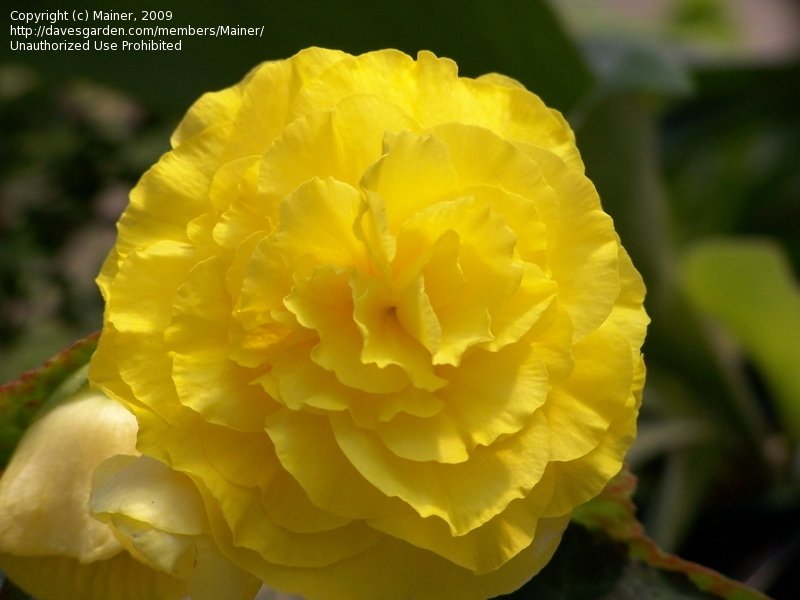
Begonia Nonstop Yellow
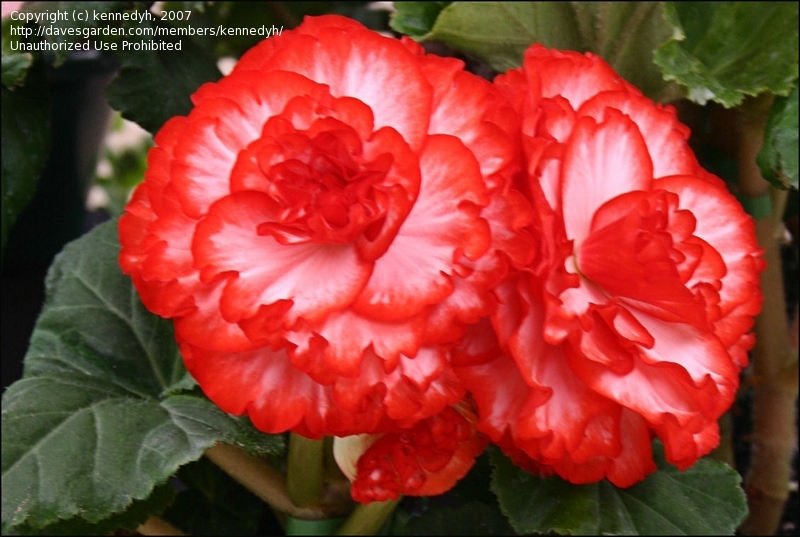
Begonia Spanish Lady
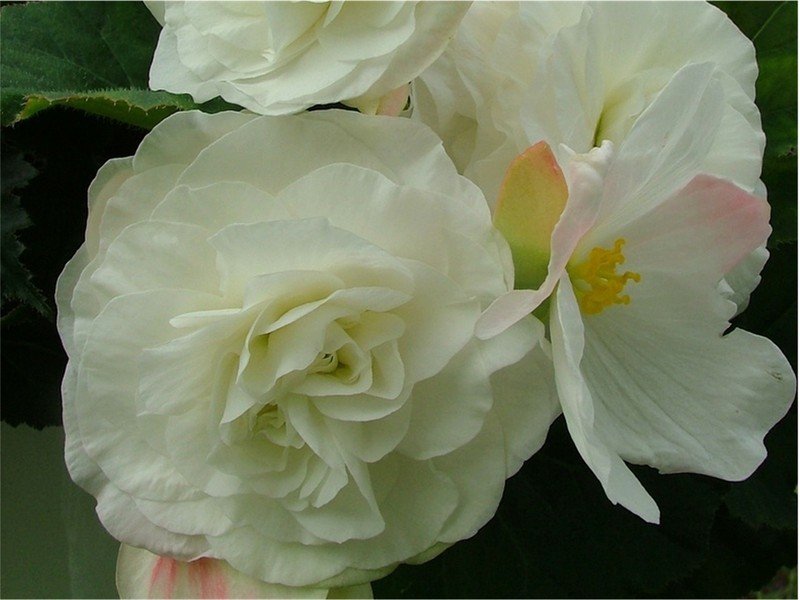
In May of 1867, the Veitch Nursery exhibited Pearce's find at the International Horticultural Show in Paris. It was the talk of the show, where it attracted more attention than any other plant. In 1870 it was released commercially.
But the gardening public hadn't seen anything yet. As popular as B. boliviensis was in 1870, that year was also the beginning of a tuberous begonia hybridizing process at Veitch that eventually resulted in the gorgeous tuberous begonias we know and love today. John Seden, the hybridizer at Veitch, successfully crossed B. boliviensis with B. veitchii to produce the first hybridized tuberous begonia.
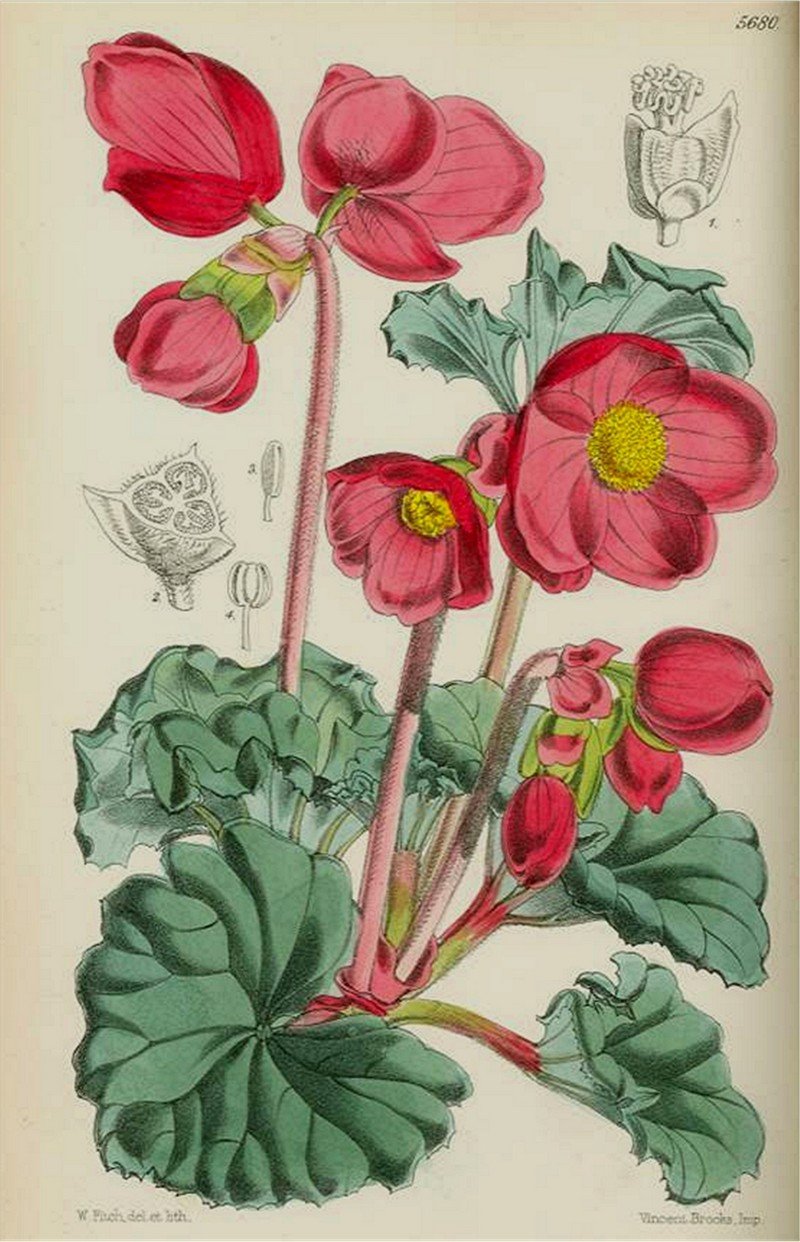 Public domain
Public domainSo fetching were the results of various hybridizing efforts over the years, that B.
boliviensis got lost in the shuffle. It is only in recent years that growers and garden centers have gone back to the roots of tuberous begonia breeding and rediscovered the charms of this once-popular native of South American cloud forests. The cultivar ‘Bonfire' in glowing orange (see my copyrighted photo at the top of this article) started it all a few years ago, followed by a slightly redder cultivar called ‘Bellfire.' Wildly popular and widely available, these cultivars eventually found their way to our Iowa gardens as well.
In its native habitat, B. boliviensis grows on the eastern side of the Andes in Bolivia, Argentina, and Peru. Its preferred habitat is in rock crevices on cliffs and slopes near streams. Here competition from other plants is practically nonexistent, and it grows in profusion. On occasion it will colonize other areas in the cloud forest that are humid and shady but well-drained.
B. boliviensis and its cultivars arise from a tuberous rootstock and stand at 12 to 24 inches tall, depending on growing conditions. Their pendulous habit makes them ideal for hanging baskets. From late spring until frost, the plants are covered with a profusion of bright orange or red-orange blossoms. Despite the cool, wet conditions in their native habitat, our ‘Bonfire' specimens are surprisingly tolerant of the heat generated by Iowa's sultry summers. I have also discovered that they do not seem to mind much if their pots occasionally get overly dry. If planted in the ground, they do resent overly moist conditions when temperatures are cool. Excellent drainage is a must, as is shade.
Perhaps their best feature, aside from their floriferous habit and intense color, is the fact that these begonias are deciduous. In the Andes, they eventually die down naturally and go dormant. This preference for cyclical dormancy allows me to cut the tops back to soil level after the first frost. I simply store the tubers in an unheated area of our basement, right in the pot. I keep the pots on the dry side, so that the tubers will not rot. In the spring, after temperatures warm up and they find themselves outside again, the tubers will sprout readily and essentially carry on where they left off the season before. They will increase in size each year. My oldest plant, which had a tuber the size of quarter when I bought it, is now three years old, and its tuber measures almost six inches in diameter! I merely water the pot each day and feed it a balanced liquid fertilizer every week during the growing season.
If you have not yet met B. boliviensis and its cultivars, I urge you to make their acquaintance. For hardly any effort, they will reward you with a season's worth of spectacular color. And speaking of color, I am told that in the next few years, we will have a choice of pink, yellow, and white blossoms as well. It just keeps getting better.
Progression
of my Begonia
'Bonfire' over a period of three years
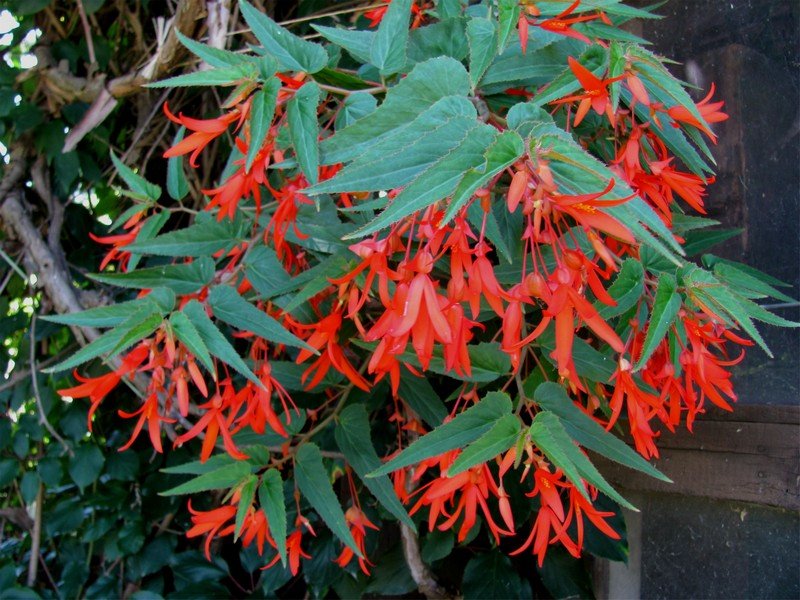
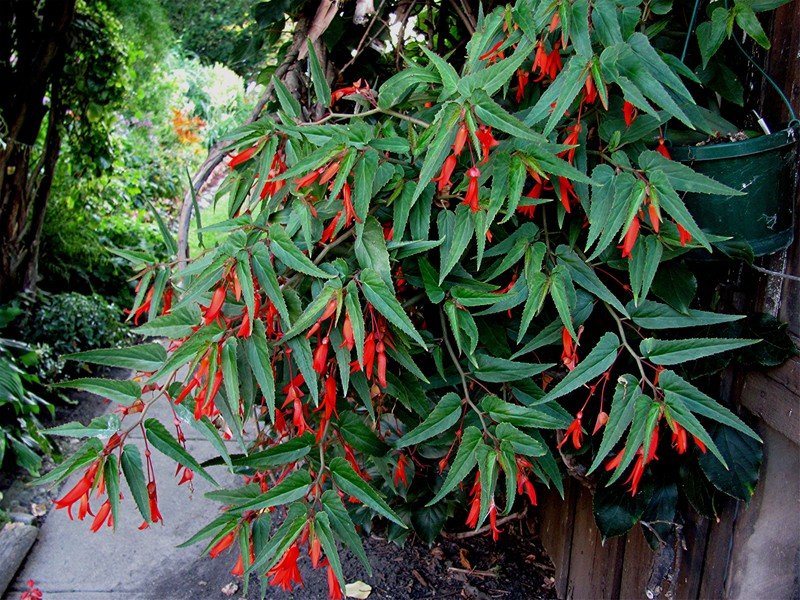
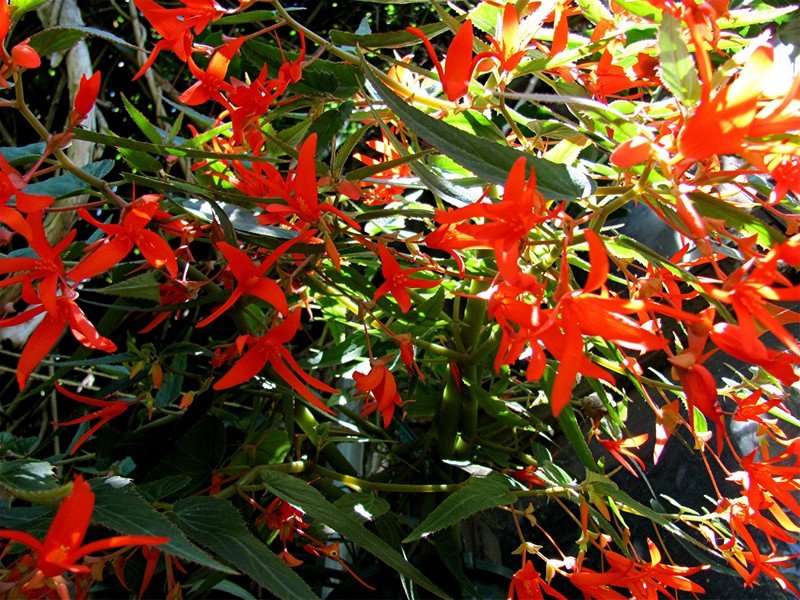
© Larry Rettig 2010
Copyright © www.100flowers.win Botanic Garden All Rights Reserved